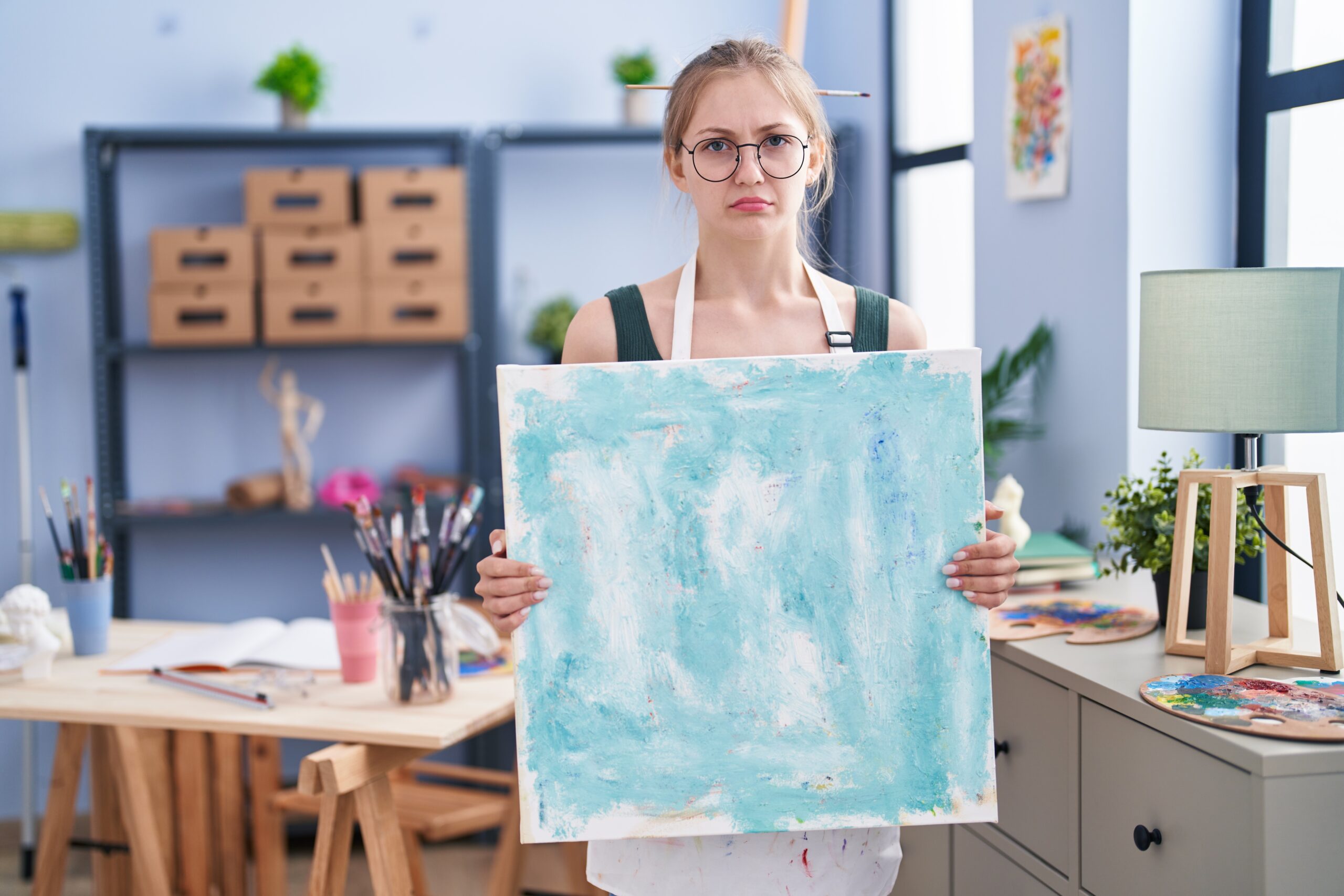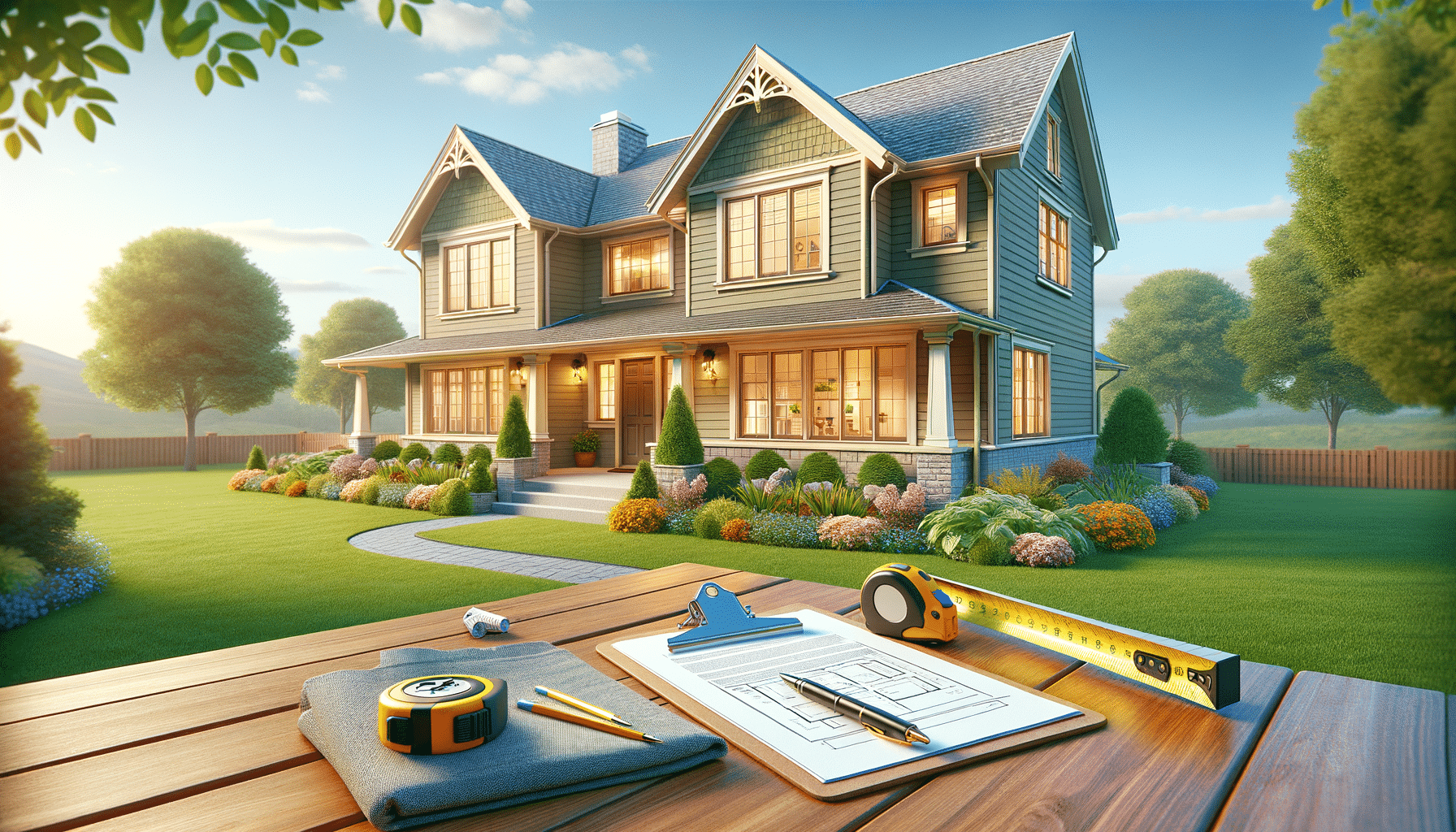
Make Bad Art: How Letting Go of Perfection Fuels Creativity
Outline:
- Perfectionism as the Enemy of Expression
- The Psychology of Creative Inhibition
- Why “Bad” Is Often the Beginning of Breakthrough
- Practical Ways to Embrace Imperfection
- Create Boldly, Without Apology
- FAQs
There’s a silent hesitation that often precedes creation. The blank page, the untouched canvas, the unopened notebook—all brimming with potential, and yet heavy with expectation. We tell ourselves we’ll begin when the idea is clearer, when the skills are sharper, when the result is guaranteed to impress. But perfection is a mirage. It moves further away the closer we get. And in chasing it, we often abandon the very thing we set out to do: express ourselves freely and truthfully.
The antidote? Make bad art. On purpose. With openness. With heart.
Perfectionism as the Enemy of Expression
Perfectionism wears many masks: ambition, discipline, even “high standards.” But beneath its polished surface lies fear—fear of judgment, failure, or vulnerability.
Psychologists define perfectionism as a self-defeating pattern, where the pursuit of flawlessness leads to avoidance, procrastination, and creative paralysis. In trying to make something perfect, we often make nothing at all. Creative work, by nature, is messy. It unfolds in drafts, experiments, contradictions. It thrives in the in-between spaces—where lines are crooked, metaphors stretch too far, and colors bleed beyond the edges. That’s not failure. That’s process.
When we only allow ourselves to create what we already know will “work,” we stop growing. We stop exploring. We trade discovery for safety.
The Psychology of Creative Inhibition
In the brain, creativity and self-judgment are two opposing systems. When one is activated, the other often dims. The prefrontal cortex, responsible for critical thinking, can inhibit the more generative, idea-producing parts of the brain when over-engaged. That’s why overthinking stifles flow. That’s why brainstorming sessions often work best when everyone is told: “No idea is too silly.”
Making “bad” art shuts off the inner critic long enough for real originality to emerge. It signals to the brain: This is a space of freedom, not evaluation. And in that safety, unexpected brilliance can surface.
Why “Bad” Is Often the Beginning of Breakthrough
When you allow yourself to create badly, you’re not lowering your standards—you’re raising your capacity for courage. Bad art is honest. It doesn’t pretend. It experiments. It says what it wants to say, not what it thinks it should. And in doing so, it often stumbles into moments of raw truth that perfection would have edited out. Think of the artist who throws paint with abandon, the writer who lets a messy first draft tumble out, the dancer who moves without choreography. These are not careless acts. They are liberated ones. Breakthroughs come not from control, but from permission—to risk, to play, to be wrong.
Practical Ways to Embrace Imperfection
If the idea of making “bad” art still feels uncomfortable, try reframing the process:
• Set constraints: Give yourself 10 minutes to create something that is deliberately rough or strange. Speed bypasses the inner critic.
• Create for no one: Make something that no one will see. A poem, a sketch, a melody—just for yourself. Private creativity is pure creativity.
• Celebrate the flaws: Choose a piece of work you dislike and name three things it taught you. Every misstep holds information.
• Practice volume: Instead of aiming for one perfect thing, aim for a lot of things. Many great artists created their best work amidst a sea of discarded attempts.
Most importantly, notice how you feel when you let go. There’s a lightness, a return of joy. That’s what creativity is meant to feel like.
Create Boldly, Without Apology
The world does not need more polished performances. It needs more honest voices. More unfinished truths. More courageous messes. Making bad art is not the end goal—it’s the doorway. Through it, you find your style, your rhythm, your substance. Through it, you uncover the work only you can make. So the next time you hesitate, ask yourself: Am I trying to make it perfect, or am I trying to make it real? Then pick up the brush, the pen, the instrument. Begin. Let it be awkward. Let it be raw. Let it be yours.
Because imperfect art is alive. And aliveness is the heart of all creativity.
FAQs
How do I know if I’m being too perfectionistic with my creative work?
If you often delay starting, over-edit early drafts, or avoid finishing projects out of fear they won’t be good enough, perfectionism may be limiting your process.
Won’t making bad art form bad habits?
No. Creating without pressure builds confidence, self-trust, and momentum. It often leads to better art because it allows for experimentation and growth.
What if people judge my imperfect work?
Judgment is inevitable, but irrelevant. When your goal is expression, not approval, the opinion of others holds less power. Your voice matters—especially when it’s unapologetically yours.

